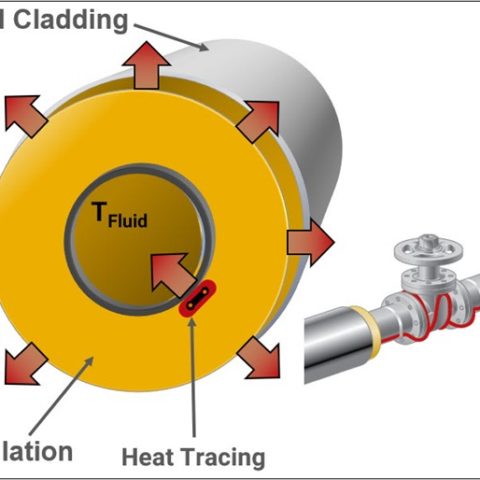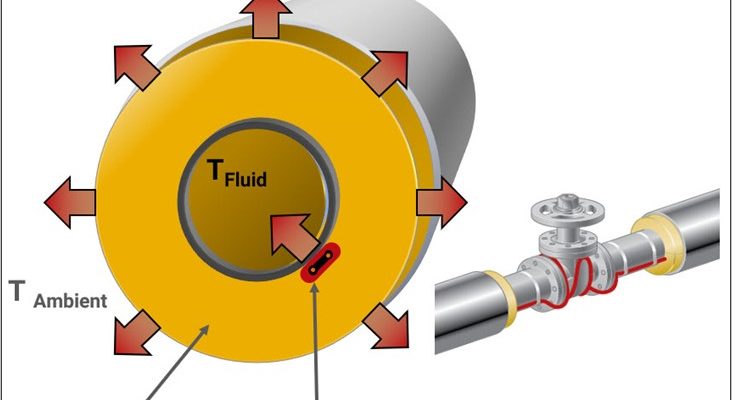As you prepare your industrial electric heat tracing systems for the cold weather, it is important to understand how crucial thermal insulation can help protect your industrial processes.
As heat management experts, we always include thermal insulation in our discussions around the complete heat management system. Simply put, heat tracing cannot do its job of process temperature maintenance or freeze protection without a properly designed thermal insulation system in place.
Thermal insulation is in general is installed in numerous applications ranging from the walls and ceiling of our homes to being a very important part of the thermal hardware on a spaceship. For industrial plants, thermal insulation is part of a complete heat management system where we mainly focus on pipes, vessels, equipment and tanks. In these applications thermal insulation is installed for the following reasons:
- Saving energy by reducing heat transfer
- Process temperature control maintenance and control
- Freeze protection and condensation prevention
- Protection of personnel from injury through contact with a pipe or equipment
- Refrigeration conservation (i.e. LNG plants)
- Prevention of corrosion by coating metallic pipelines and equipment
When developing an electric heat tracing application design, two of the most important inputs are the insulation type and the thickness of the insulation. Typically on a project, the customers’ thermal insulation specification and the mechanical engineers determine the values of these two inputs. From the complete heat management system standpoint, this often leads to a system that is not optimal. Thermal insulation specifications are often dated and have not kept up with the latest available thermal insulation technologies. Mechanical engineers that are designing the piping and vessels do not always consider the complete heat management system when they choose insulation type and thickness. Insulation optimization, as part of a complete heat management system, is a very significant opportunity for a reduction in the TIC of a project and a reduction in energy consumption once the project becomes an operating facility.
At nVent , insulation optimization occurs at a very early stage of the engineering in any project. Outdated insulation specifications can be updated and latest technology products utilized. Also separate thickness tables can be developed for heat traced lines and equipment versus personnel protection applications. These tables become a valuable tool for all parties working on the project. A very real example of the value of optimized insulation type and thickness is for the planning of pipe spacing in a pipe rack.
Insulation that is improperly designed, wet, damaged or missing is the number one cause of a process temperature not being maintained or a line freezing. Insulation blankets that are poorly designed or installed can lead to significant temperature maintenance problems at flanges, instruments or other irregularly shaped equipment. We recommend that after any type of plant maintenance a standard operating procedure should include an inspection of the thermal insulation and insulation blankets in the affected area.
Download our winter maintenance checklist to learn more about protecting your industrial plant this winter.



